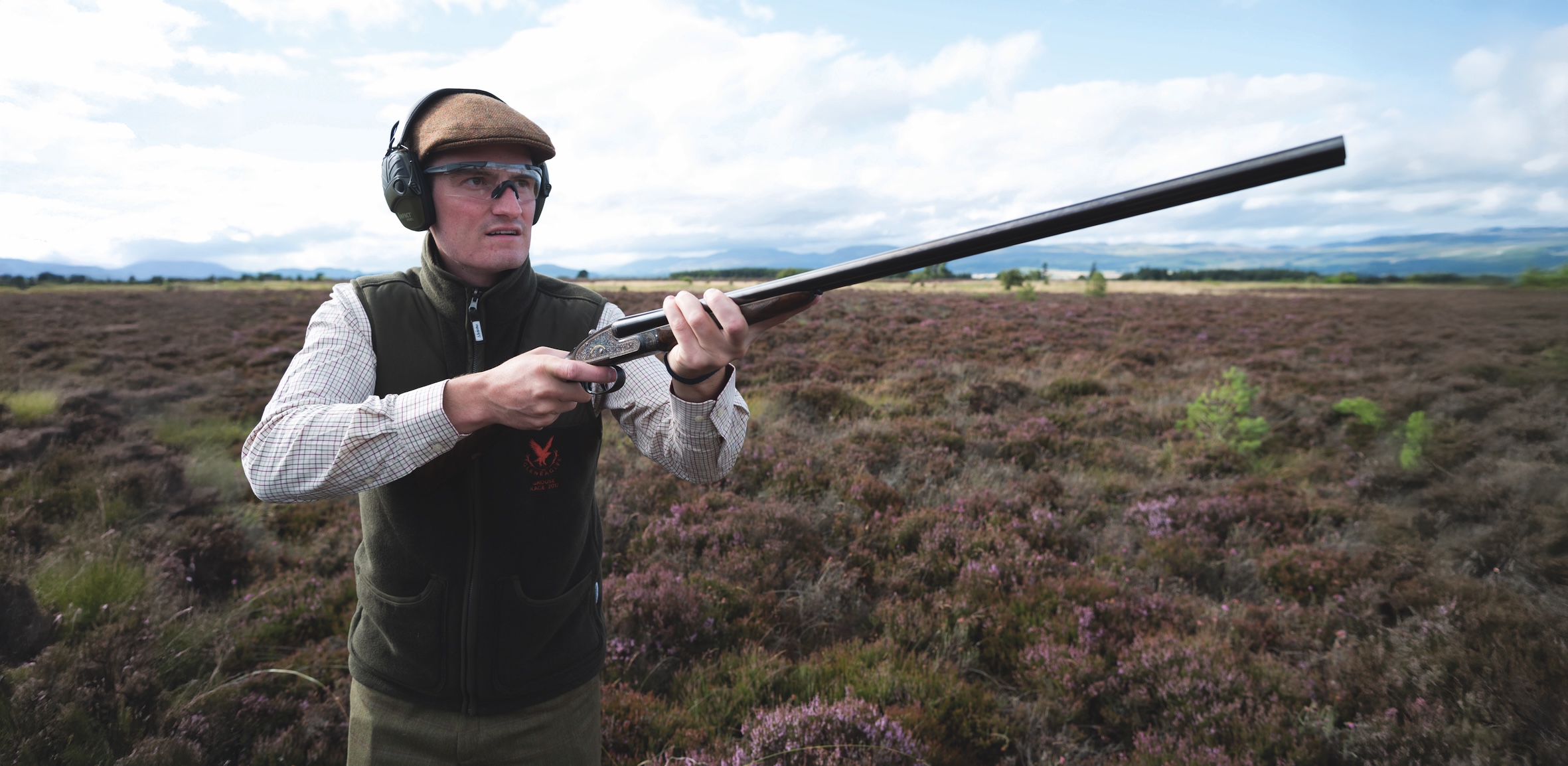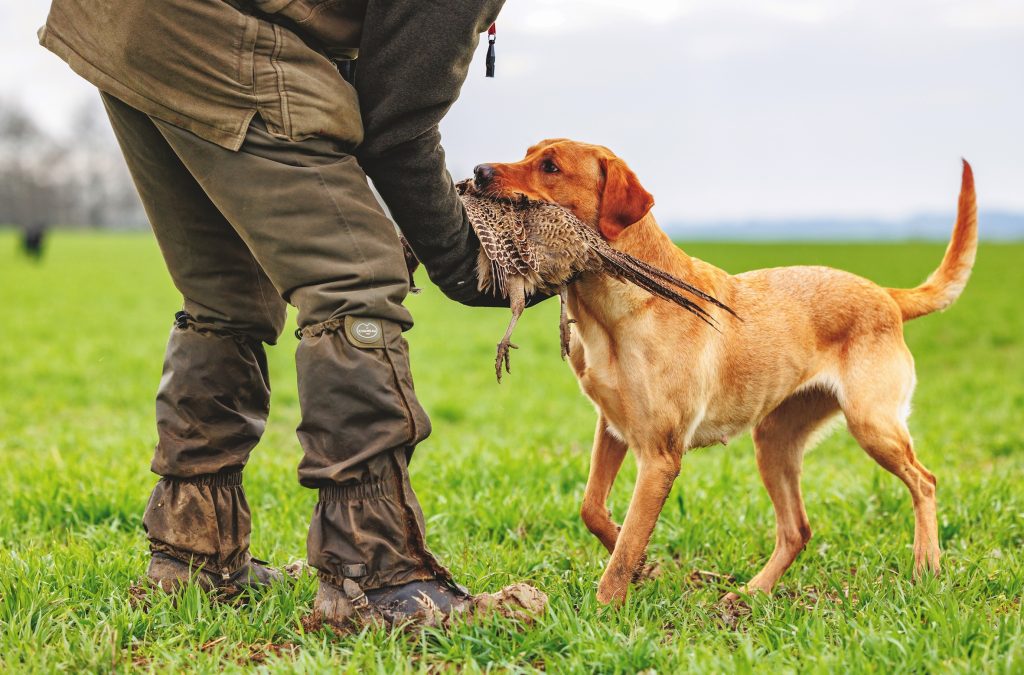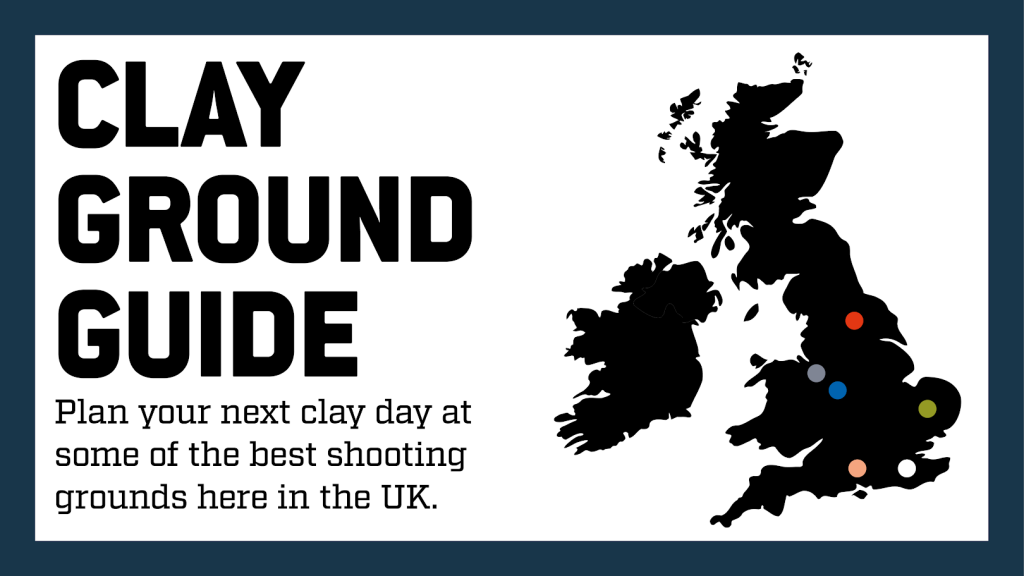How to protect your feeders from deer interference

Are your pheasant feeders getting knocked over and damaged by deer? Here is some advice on how to prevent it, from our expert at the Game and Wildlife Conservation Trust
QMy feeders seem to be attracting a lot of deer and are getting knocked over regularly; what can I do to prevent this, short of shooting the deer, which the landowner would prefer me not to do if possible?
AAUSTIN WELDON replies: You don’t mention which species of deer are making a nuisance of themselves and this will have a bearing on how you go about reducing the issue. Despite your landowner preferring that you avoid shooting the deer, management is an important part of maintaining the balance in the countryside. Deer are lovely animals, but they can cause significant damage to the habitats they occupy, which can reduce natural biodiversity or result in agricultural damage among a number of other issues. Even if the deer are kept off the hoppers, they may be reducing understory in your woodlands or damaging cover crops, so they may well still be having an impact on your shoot.
Enclosures where browsing animals such as deer are fenced out of and cannot reach woodland regrowth will give you an excellent idea if they are damaging the environment. These are funded through countryside stewardship (FG11) if your landowner is entering a higher level scheme in the near future.
When it comes to reducing loss of hopper-fed food to deer, there are several approaches you can take. Suspending your hoppers, such as from a chain attached to a branch, can make it more difficult for deer to get purchase, but bear in mind that if the deer can reach the feeder they will probably be able to extract some food directly from the nozzle or by knocking the drum over and rolling it around. This is commonly seen with the larger deer species.
In some cases, shoots have utilised Heras fencing panels when dealing with the herding species and, while expensive and unsightly, this can work well. A cheaper option is old stock netting on a triangle of fenceposts; if needed, cut holes to help game get through it, or place it upside down with the biggest holes at the bottom.
A cheap and often overlooked idea is to use brash leftover from tree felling operations. This can be placed around the hoppers so the deer cannot reach them but birds can go under or through if the right branches are chosen carefully. This is an excellent way to use up your leftover excess brash from winter tree felling work on the shoot and it looks natural too so has less of a visual impact on the landscape. The brash also acts as escape cover, making it harder for raptors such as sparrowhawks to predate songbirds, which are often very reliant on our pheasant feeders through the winter and spring.
Another consideration is the type of nozzle you use. Choosing designs which make it difficult for non-target species to feed can help. I personally dislike spring designs, having lost lots of wheat to non-target species, especially badgers. My colleague Mike Swan’s approach with slits cut in the bottom of the tin drum works very well.





